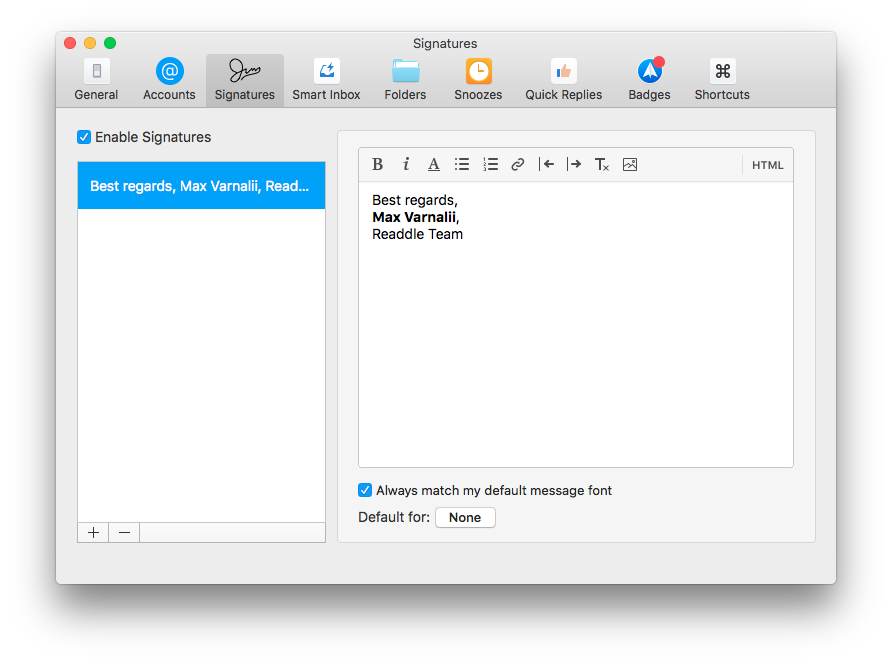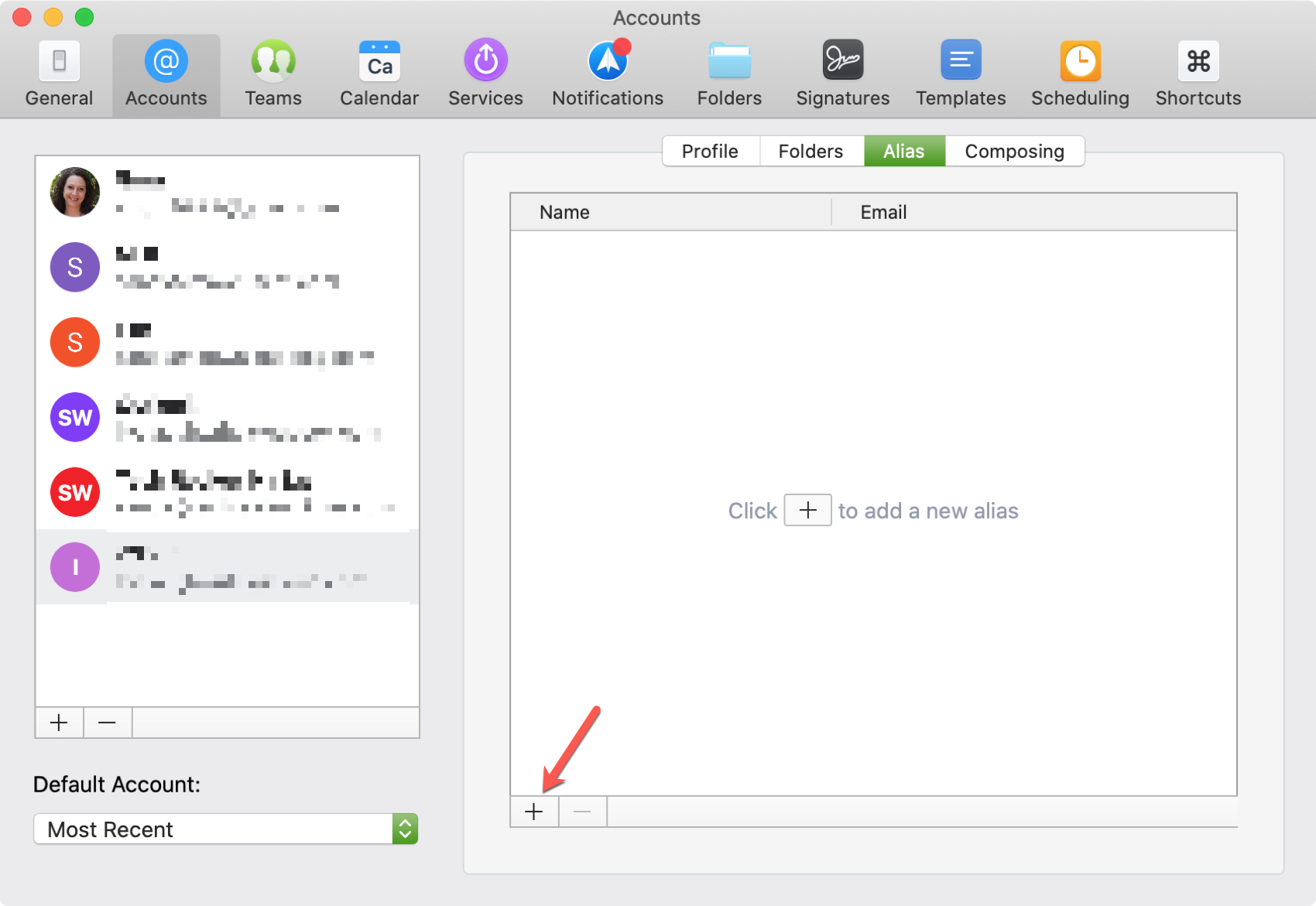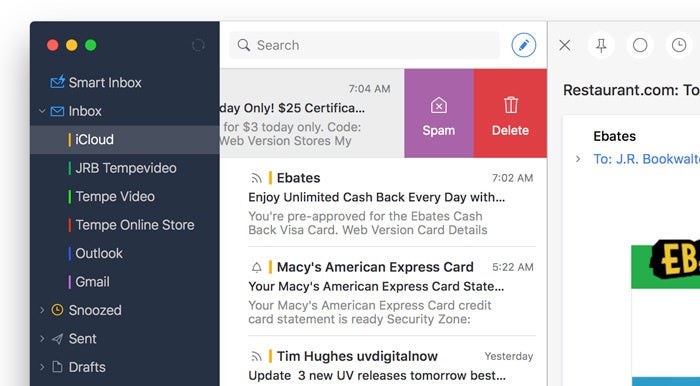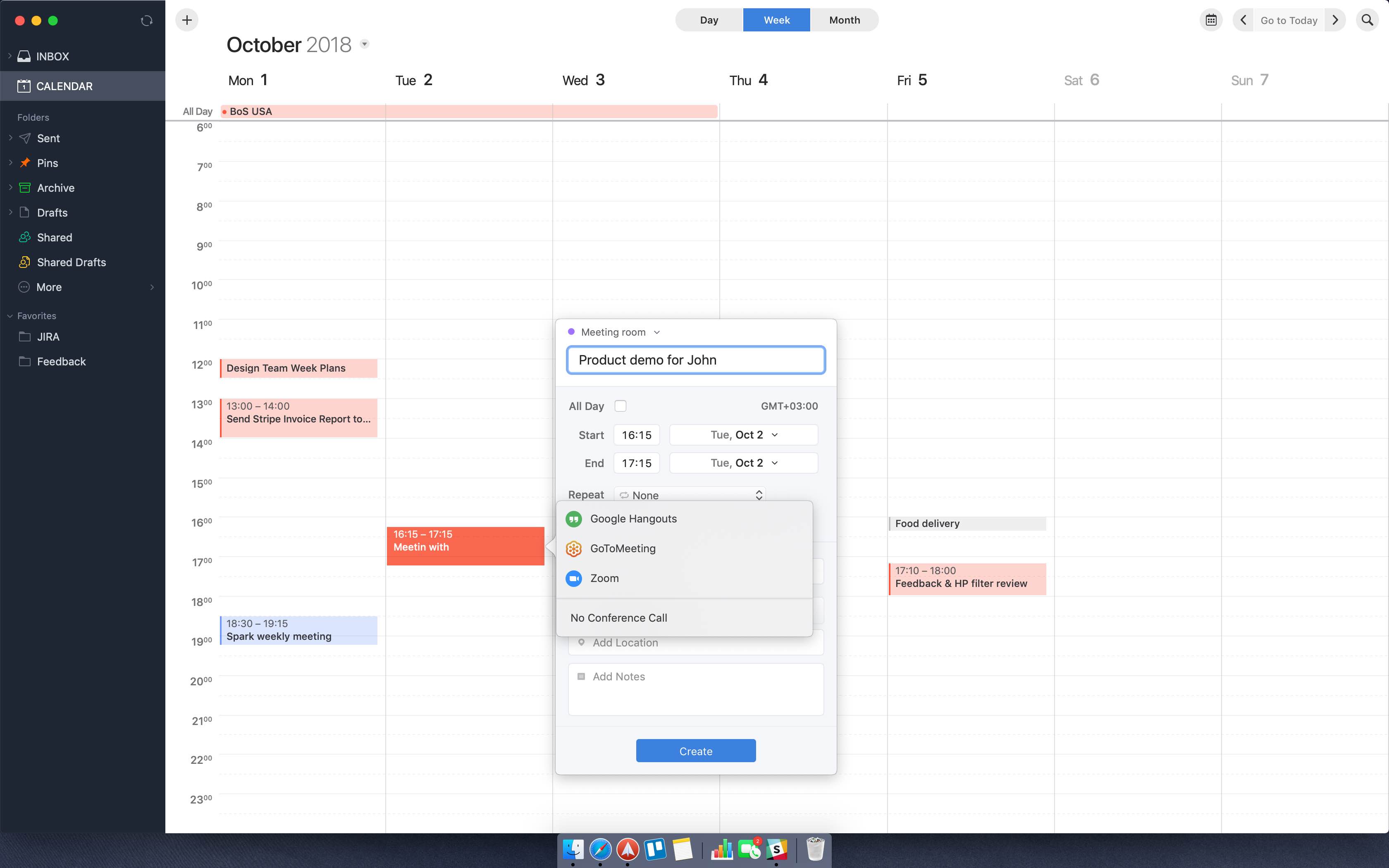

- EDIT MODE SPARK FOR MAC UPDATE
- EDIT MODE SPARK FOR MAC FULL
- EDIT MODE SPARK FOR MAC CODE
- EDIT MODE SPARK FOR MAC DOWNLOAD
EDIT MODE SPARK FOR MAC UPDATE
Then we will update our environment variables so we can execute spark programs and our python environments will be able to locate the spark libraries. bashrc file, located in the home of your user $ nano ~/.bashrc The path I'll be using for this tutorial is /Users/myuser/bigdata/spark This folder will contain all the files, like this Spark folder content Remember to click on the link of step 3 instead of the green button.ĭownload it and extract it in your computer.
EDIT MODE SPARK FOR MAC DOWNLOAD
We will download the latest version currently available at the time of writing this: 3.0.1 from the official website. We assume you already have knowledge on python and a console environment. This tutorial applies to OS X and Linux systems.
EDIT MODE SPARK FOR MAC CODE
Try reading the Introdution to Spark DataFrames post and pasting in all the examples to a Spark console as you go.After reading this, you will be able to execute python files and jupyter notebooks that execute Apache Spark code in your local environment. The Spark console is a great way to play around with Spark code on your local machine.


You can add a JAR file to an existing console session with the :require command. Let’s access the EtlDefinition class in the console to make sure that the spark-daria namespace was successfully added to the console. You can download the spark-daria JAR file on this release page if you’d like to try for yourself. The Spark console can be initiated with a JAR files as follows: bash ~/Documents/spark/spark-2.3.0-bin-hadoop2.7/bin/spark-shell -jars ~/Downloads/spark-daria-2.3.0_0.24.0.jar This Stackoverflow answer contains a good description of the available console commands. :warnings show the suppressed warnings from the most recent line which had any :kind display the kind of expression's type :type display the type of an expression without evaluating it :silent disable/enable automatic printing of results :settings update compiler options, if possible see reset :sh run a shell command (result is implicitly => List) :reset reset the repl to its initial state, forgetting all session entries :replay reset the repl and replay all previous commands :line | place line(s) at the end of history :imports show import history, identifying sources of names :history show the history (optional num is commands to show) :help print this summary or command-specific help scala> :helpĪll commands can be abbreviated, e.g., :he instead of :help.
EDIT MODE SPARK FOR MAC FULL
Here’s a full list of all the console commands. The :help command lists all the available console commands. Entering paste mode (ctrl-D to finish) The :paste lets the user add multiple lines of code at once. We can easily create a column object like this: $"some_column_name". The Spark console automatically runs import spark.implicits._ when it starts, so you have access to handy methods like toDF() and the shorthand $ syntax to create column objects. You can use the sc variable to convert a sequence of Row objects into a RDD: import .Row val df = ("/Users/powers/Documents/tmp/data/silly_file.csv") You can use the spark variable to read a CSV file on your local machine into a DataFrame. The Spark console creates a sc variable to access the SparkContext and a spark variable to access the SparkSession. bash ~/Documents/spark/spark-2.3.0-bin-hadoop2.7/bin/spark-shell Important variables accessible in the console

I store my Spark versions in the ~/Documents/spark directory, so I can start my Spark shell with this command. Consoles are also known as read-eval-print loops (REPL). You can easily create a DataFrame and play around with code in the Spark console to avoid spinning up remote servers that cost money! Starting the consoleĭownload Spark and run the spark-shell executable command to start the Spark console. The Spark console is a great way to run Spark code on your local machine.


 0 kommentar(er)
0 kommentar(er)
